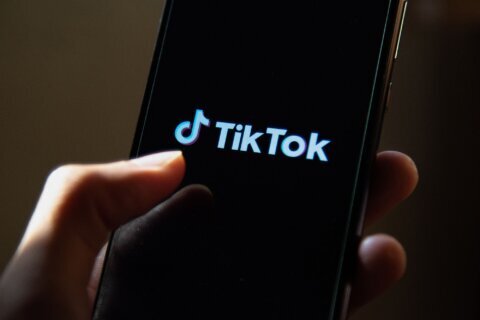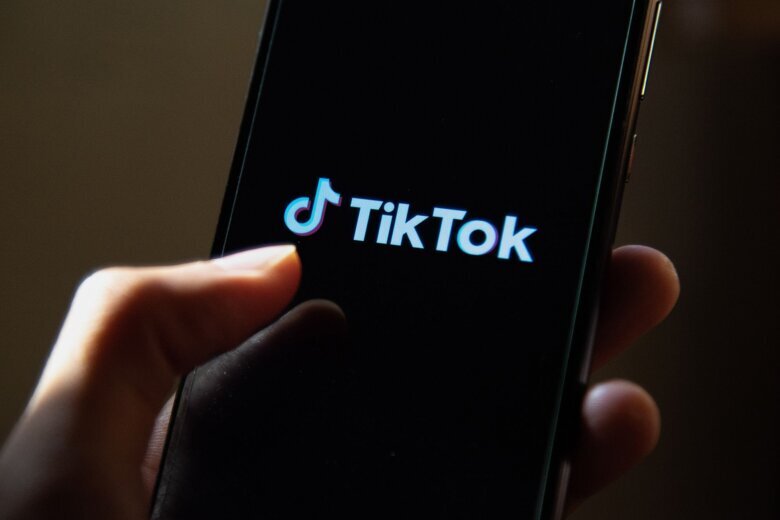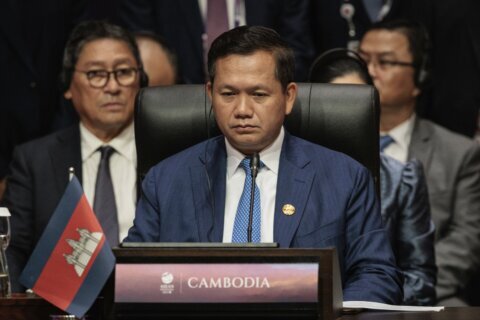
New York (CNN) — When TikTok took off in 2020 — with short dancing or comedy clips providing much-needed entertainment to many users at the start of the Covid-19 pandemic — it launched a short-form video arms race.
Suddenly, Facebook, Instagram, YouTube and other social platforms were rushing to roll out similar products, encouraging users to make videos up to one-minute in length that would be displayed vertically, in a scrolling feed with endless recommendations for what to watch next. Those other platforms spent the following years trying to play catch-up to TikTok’s popularity, especially among the crucial teen demographic.
But now, the short-form video pioneer is changing course and pushing users to make and consume longer videos. On Saturday, TikTok will officially phase out its original “Creator Fund,” and creators who want to monetize their content will have to join the new “Creativity Program Beta,” under which they’ll have to make videos longer than one-minute if they want to get paid by the app.
TikTok’s shift to longer-form content is in some ways a reversal of fortunes — it’s now following its legacy peers into a content format that’s often more profitable. The strategy could also encourage users to spend even more time on an app that some teens already say they’re using “almost constantly.”
But some TikTok creators are frustrated with the move, worrying it will take away from what initially made TikTok so popular: the ability to quickly scroll through lots of different kinds of content, and for nearly anyone to easily make videos without extensive planning or resources.
“I don’t always have a minute of content in me,” said Nikki Apostolou, a TikTok creator with nearly 150,000 followers known as “recycldstardust,” who makes content about Native American history and culture on the app.
“I feel like there are so many creators out there who came to TikTok because it was the short-form video app,” she said, “and now they want to be like ‘mini YouTube,’ and I feel like it leaves out creators who came there for the short-form content.”
TikTok spokesperson Zachary Kizer said in a statement that the company developed the new Creativity Program “based on the learnings and feedback we’ve gained from the previous Creator Fund. As we continue developing new ways to reward creators and enrich the TikTok experience, we value the feedback and direct insights from our community to help inform our decisions.”
“The model of the short-form video was really useful when TikTok first launched, they could get people really quickly on the platform, it’s continuous scrolling and it goes fast,” said Krysten Stein, a critical media studies scholar and PhD candidate at University of Illinois Chicago.
“I think TikTok is now [thinking], ‘We need to show [advertisers] that we can keep people staying on one video longer,’” Stein said. “But I’m interested to see how viewers are going to respond because what has kept people on the app is that the videos were short.”
TikTok’s long-form strategy
Over the last three years, TikTok has steadily rolled out the ability to post longer videos on the app, increasing the time limit from one-minute to three-, five- and ultimately 10-minute videos. The platform is now testing 15-minute uploads, although they aren’t widely available.
Last month, the platform informed creators that it would be shutting down the Creator Fund in the United States, United Kingdom, France and Germany, leaving them little choice but to join the new Creativity Program if they wanted to continue getting paid by TikTok for their content.
Under the new program, adult creators with 10,000 or more followers can earn payments from the app for videos longer than one minute that meet a number of other criteria.
TikTok has touted the program to creators by highlighting that videos longer than one-minute encourage viewers to spend more time on their content and “build trust … through more connection, information, and educational content,” according to a recent blog post from the company.
TikTok has also said that creators should expect to get paid more per video under the new Creativity Program. And some creators have already posted about making thousands of dollars in their first months in the program.
One creator, known as “Justine’s Camera Roll,” said in an October video about the program that the pay was “a great amount of money for something that I was doing for free.”
For the company, pushing longer-form content could be a good business decision.
“It’s a lot easier to monetize content when it’s longer-form … there are more possibilities with ads and monetization,” including ads that run before or during videos, said Scott Kessler, technology sector lead at research firm Third Bridge.
Consumers are also more likely to sit through a pre-roll ad for a video longer than one-minute than a video that’s nearly the same length as the ad itself.
TikTok has also long been a place where creators can use short clips, paired with the platform’s powerful discovery algorithm, to drive viewers to their longer-form content on other sites such as YouTube.
“I think that what they want to do is, they want to be able to say, ‘Hey creators, you can put your full video on here, not just the first 30 seconds,’” Kessler said.
Learning to make longer content
Still, some creators say they joined TikTok — instead of YouTube or other platforms — specifically because they wanted to make short-form content, and that the changes could make it harder for them to make a living from the app with their chosen format.
Aly Tabizon said that monetizing her TikTok videos has been “life changing” since she started on the app four years ago, allowing her to cut back on her working hours and spend more time with her son. Her videos about astrology often run shorter than 10 seconds.
With the new Creativity Program, she and some other creators have been hesitant about the changes.
“I’m really scared because I watch hundreds of videos on YouTube of people who work on TikTok and post about the new algorithms, I try to stay up to date with everything, and from what I’ve learned … the attention span of today’s generation is around eight to 10 seconds,” Tabizon told CNN last month. “Even myself, when I see a minute-long video, if it’s not someone I have followed for a while, I’ll probably scroll past it.”
That might mean having to work harder to come up with longer content that her 1.2 million followers and others want to watch. Still, Tabizon has started testing more minute-plus-long videos and said of the new program, “if the pay is bigger, I think it’s going to be worth it,” Tabizon said.
TikTok says creators making longer-form content have, on average, more than doubled the money they’re making in the past year. The company also says it recommends longer videos the same way it does shorter ones, based on user preferences rather than video length.
Laura Riegle, a TikTok creator known on the app as “laurawiththecurls,” said that making entertaining long-form videos can require more resources, something not all creators have.
Riegle has amassed nearly 120,000 followers on the app since 2020 with short, snappy videos featuring everything from haircare tips to trendy dances and filter trials. She said that even when making relatively simple “storytime” videos, where she’s just sitting and talking to the camera, making videos longer than 1-minute means investing significant time and effort.
“You have to cut things out, sometimes you’re re-recording the same thing a bunch of times and then you have to piece things together,” Riegle said. “The long-form content is definitely more time-consuming and that’s what makes it more difficult for somebody like me because I already work full-time, I have a family … so I don’t have a lot of free time.”
TikTok also offers ways for creators to make money from their videos beyond the app’s own monetization fund, such as subscriptions or “tips” from followers. The company says that users’ earnings across all the platform’s monetization features have nearly doubled over the past year.
But some creators are skeptical of those alternative payment options. “You know what it feels like? Busking on the street,” Apostolou said. “I don’t find those sustainable and I feel weird asking my audience [for payment].”
The-CNN-Wire
™ & © 2023 Cable News Network, Inc., a Warner Bros. Discovery Company. All rights reserved.








